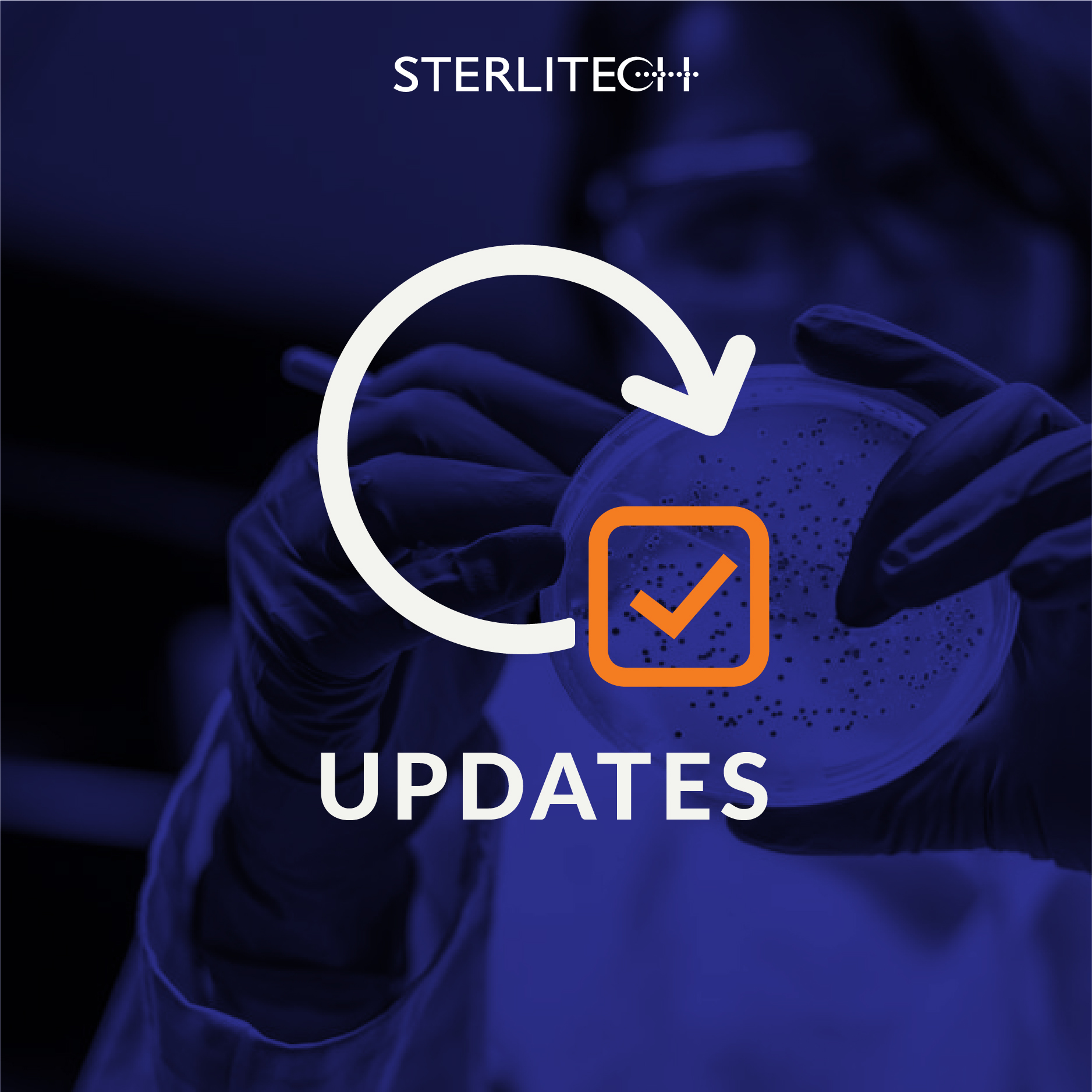Putting on a Shiny Suit: Polycarbonate Membranes get Sputtered!
November 15, 2010

Polycarbonate (PCTE) track-etch membranes, created decades ago, are finding some new uses in the development of nanotechnology applications. They owe this new application to their precise pore geometry and organization. PCTE membranes were previously utilized in the manufacture of single-walled nanotubes (SWNT) due to the relative ease of depositing metal ions on the inside of their pores, then selectively dissolving the PCTE; leaving behind nanotubes for use as super-conducting wires, micro-diode arrays, or magnetic-data storage devices.
PCTE membranes are traditionally sputter coated with gold for use in scanning electron microscopy (SEM) imaging because it is easier to capture samples on their smooth membrane surface. Now scientists are developing new ways to utilize PCTE membranes by sputter-coating metal ions on the membrane. One new use is to construct a biocompatible glucose sensor1 that can be implanted inside a diabetic’s body. The membrane is sputter coated with platinum and the pores filled with an enzyme chemically anchored inside the pore. When excess glucose enters the pores, an electrochemical reaction is started, traveling down the pore to the thin sputtered metal layer, where the signal is picked up and sent to a microprocessor inside the sensor. The amount of glucose triggering inside each pore determines the strength of the electrical response. The size of the entire sensor area might be as small as 0.15cm2! There’s even work filling PCTE pores with photosensitive materials to turn the membrane into flexible solar cells.
Sputtered membranes are also finding niches in synthesizing catalysts to help make ethanol from syngas (CO and H2) as this ethanol can be used as an inexpensive and environmentally friendly fuel and fuel additive2. PCTE sheets can be sputter coated with gold and sandwiched onto a Zn sheet to make the necessary anode and cathode for electrodepositing Mn-Cu-ZnO nanowires/tubes. These nanotubes can then be successfully used as catalysts in CO hydrogenation reaction to produce alcohols. With so many industrial nations moving towards ethanol as an alternative to petroleum fuels, the need for synthesizing ethanol from available materials may have a new ally in track-etch membranes.
1: A. Kros, M. Gerritsen, V.S.I. Sprakel, N.A.J.M. Sommerdijk, J. Jansen, R.J.M. Nolte, Silica-based hybrid materials as biocompatible coatings for glucose sensors. Sensors and Actuators B, (2001) 68-75.
2: M.Gupta1, V. Kalpathi and J. J. Spivey, Electrodeposition of Cu-ZnO and Mn-Cu-ZnO Nanowires/tubes for Synthesis of Ethanol [abstract] In: Proceedings of the Electrochemical Society, 214th Meeting Honolulu, Hawaii. October 12-17, 2008. Abstract no. 0281
Share on Facebook
Share on Twitter
Share on Pinterest
Comment(s)
Did you find this article helpful?
0
0
Loading...
Categories
- Most Viewed Blog Articles (5)
- Company News (285)
- Emerging Technologies (64)
- Microbiology and Life Science News (93)
- Water and Fluid Separation News (97)
- Filtration Resources (93)
- Product News (19)
Recent Posts
Archive


![Join Sterlitech at BIO 2024 [Booth #5558]: Exploring the Future of Biotechnology](https://www.sterlitech.com/media/blog/cache/300x200/magefan_blog/b4.jpeg)



